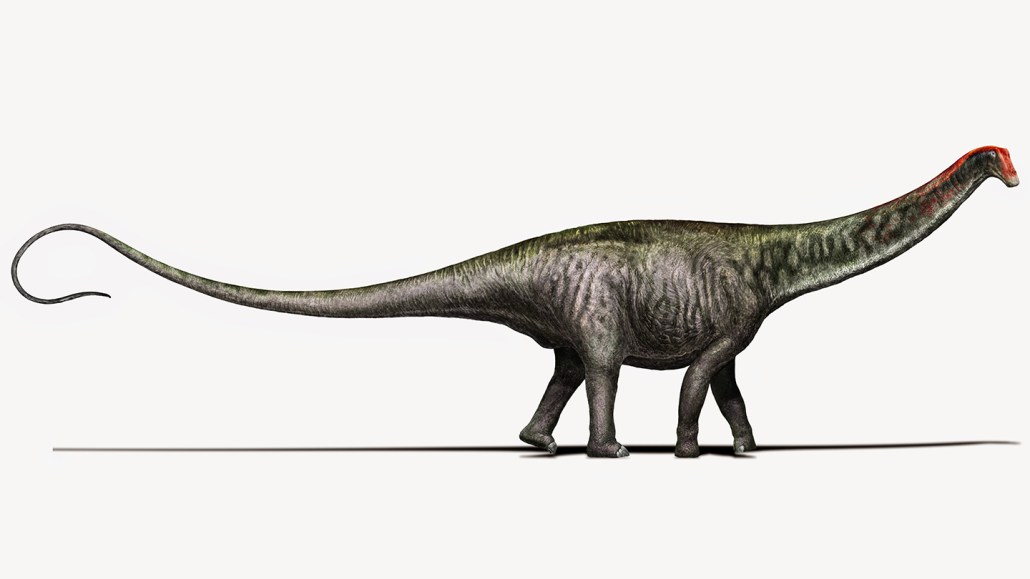50 years ago, scientists made the case for a landlubbing Brontosaurus
Excerpt from the January 30, 1971 issue of Science News

While the bones of Brontosaurus (illustrated) suggest the giant dinosaur led a semiaquatic lifestyle, recent studies of its ancient environment hint that the dino preferred dry land.
Davide Bonadonna, Milan, Italy (CC BY-NC-SA)







